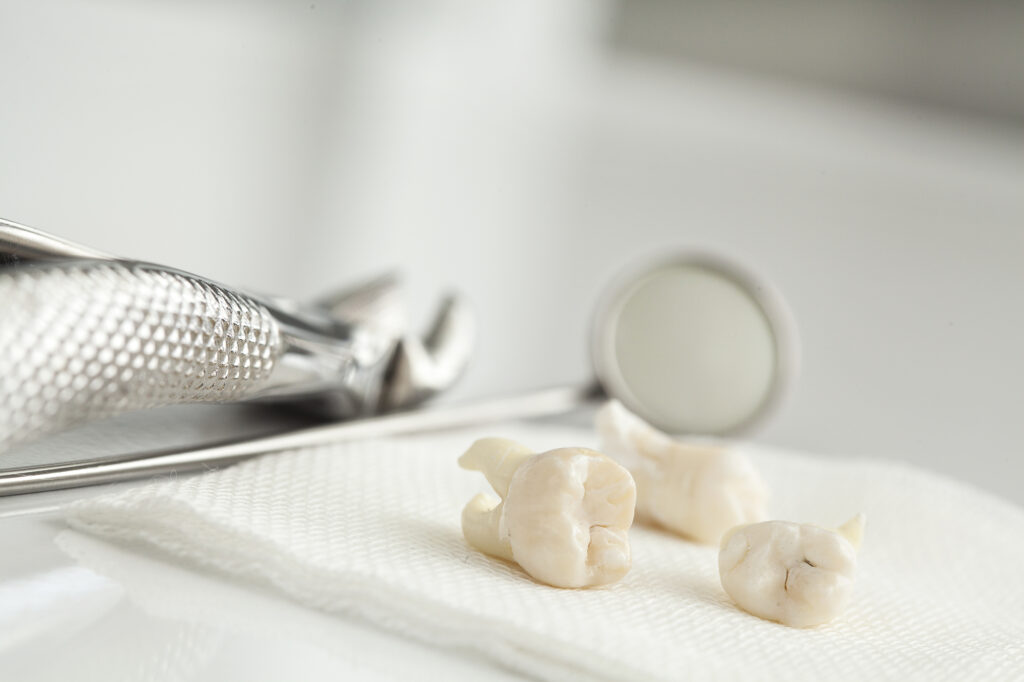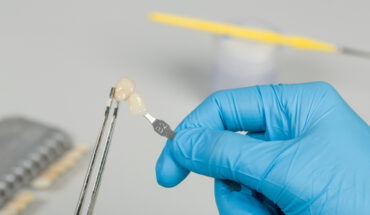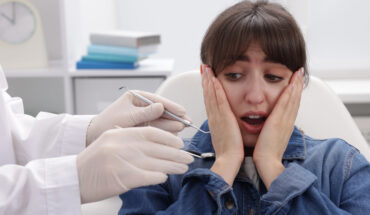
Welcome to another exciting blog post where we delve into the world of dental health! Today, we’re going to explore a fascinating condition called Macrodontia – also known as Big Teeth Syndrome. If you’ve ever wondered why some people have larger-than-life smiles or if there’s any way to treat this unique dental trait, then you’re in for a treat!
Imagine flashing your big pearly whites in a small bar or knocking every tooth restoration query out of the park. Macrodontia may be rare, but it’s definitely worth knowing about. So, let’s sink our teeth into this topic and find out everything there is to know about dealing with those magnificent chompers!
What is Macrodontia?
Macrodontia, also known as Big Teeth Syndrome, is a dental condition characterized by abnormally large teeth. While having big teeth may sound like a blessing for some, it can actually pose several challenges and affect the overall appearance of your smile.
This condition occurs when there is an abnormal growth in the size of one or more teeth. The affected tooth or teeth can be disproportionately larger than the surrounding teeth, which can lead to misalignment or crowding issues.
Causes of Macrodontia vary from case to case. It can be present at birth due to genetic factors or develop later in life due to conditions such as gigantism or acromegaly. In some cases, trauma or hormonal imbalances during tooth development may also contribute to the enlargement of certain teeth.
Diagnosing Macrodontia usually involves a thorough dental examination and X-rays to determine the size and extent of the affected tooth/teeth. Your dentist will evaluate if there are any functional issues caused by this condition and discuss potential treatment options with you.
Speaking of treatment options… Well, that’s something we’ll dive into in our next blog section! Stay tuned because we have got some exciting solutions up our sleeve for tackling those grandiose grins!
Causes of Macrodontia
Macrodontia, also known as Big Teeth Syndrome, is a rare dental condition characterized by abnormally large teeth. But what causes this unusual phenomenon? Well, there isn’t a single definitive answer.
One possible cause of macrodontia is genetics. It can be passed down from generation to generation and may be more prevalent in certain families. However, it’s important to note that not everyone with a family history of macrodontia will develop the condition.
Another potential cause is hormonal imbalance during tooth development. Hormones play a crucial role in regulating growth and development throughout our bodies, including our teeth. Any disruption or abnormality in these hormone levels could result in larger-than-normal teeth.
In some cases, trauma or injury to the mouth can also lead to macrodontia. This could occur during childhood when the permanent teeth are still developing.
While these factors have been associated with macrodontia, it’s essential to remember that each case is unique and may have multiple contributing factors at play.
If you suspect you have macrodontia or want more information about your dental health, it’s always best to consult with a professional dentist who can provide accurate diagnosis and treatment options for your specific situation.
Symptoms and Diagnosis
Macrodontia, also known as Big Teeth Syndrome, is a condition characterized by abnormally large teeth. But how do you know if you have it? Well, there are several symptoms to look out for.
One common symptom of macrodontia is overcrowding in the mouth. If your teeth appear crowded or misaligned, it could be a sign that they are larger than average. Another symptom is difficulty chewing or biting properly. This can result from the abnormal size of the teeth affecting the alignment and function of your bite.
Diagnosing macrodontia typically involves a comprehensive dental examination. Your dentist will visually inspect your teeth and may take X-rays to get a better understanding of their size and positioning. They will also evaluate any accompanying symptoms you may be experiencing.
If you suspect that you have macrodontia or notice any unusual changes in your teeth, it’s important to consult with your dentist for an accurate diagnosis. Remember, early detection can lead to more effective treatment options!
Big teeth are great when you’re flashing your big pearly whites in a small bar but if you’re tired of being the most tooth person on the social circuit, then seek professional advice and explore possible treatment options tailored to your specific needs!
Treatment Options for Macrodontia
When it comes to treating macrodontia, there are a few different options available. The specific treatment plan will depend on the severity of the condition and the patient’s individual needs.
One option is tooth reshaping or contouring. This involves removing small amounts of enamel from the oversized teeth to create a more balanced and aesthetically pleasing appearance. This procedure is typically painless and can often be done in just one visit to your dentist.
Another option is dental bonding, which uses tooth-colored resin material to reshape and resize the teeth. This can be a great solution for minor cases of macrodontia, as it provides immediate results without any need for surgery or anesthesia.
In more severe cases, orthodontic treatment may be necessary. Braces or clear aligners can help gradually move the oversized teeth into proper alignment with the rest of your smile.
For patients who are experiencing functional issues due to their large teeth, such as difficulty biting or chewing properly, dental crowns or veneers may be recommended. These restorations can not only improve function but also enhance the overall appearance of your smile.
It’s important to consult with an experienced dentist who specializes in cosmetic dentistry if you’re considering treatment for macrodontia. They will evaluate your unique situation and recommend the most appropriate course of action based on your individual needs and goals.
Remember, everyone’s journey towards achieving their dream smile is different. Schedule an appointment today and ask your dentist about tooth restoration options available for your situation. By exploring these treatment options with your dentist, you’ll soon find yourself flashing those big pearly whites confidently in any situation – whether it’s at a small bar or anywhere else!
Success Stories of Treating Macrodontia
Throughout the years, numerous individuals have sought treatment for macrodontia and experienced life-changing results. Let’s take a look at some success stories that showcase how this condition can be effectively treated.
Case Study 1: Sarah’s Transformation
Sarah, a young woman in her mid-twenties, had been struggling with self-confidence due to her noticeably larger front teeth caused by macrodontia. She felt conscious about smiling and often avoided social situations where she had to interact closely with others. After consulting with her dentist about tooth restoration options, Sarah decided to undergo dental contouring and reshaping procedures. The process involved carefully removing small amounts of enamel from the affected teeth to create a more balanced appearance. Following the treatment, Sarah regained her confidence and now loves flashing her big pearly whites in any setting!
Case Study 2: Mark’s Journey
Mark was born with macrodontia affecting his premolars on both sides of his mouth. As he grew older, he faced challenges while eating due to misalignment caused by the oversized teeth. Seeking relief from these issues, Mark consulted an orthodontist specializing in tooth restoration techniques for patients with macrodontia. He underwent orthodontic treatment combined with dental veneers to correct alignment problems as well as improve aesthetics. Today, Mark enjoys not only improved oral function but also an enhanced smile that allows him to express himself confidently.
These cases illustrate just two examples of how effective treatments can significantly improve the lives of those suffering from macrodontia. By seeking professional advice from dentists or orthodontists who specialize in restoring teeth affected by this condition, individuals can find customized solutions tailored specifically to their needs.
Remember – if you suspect you may have macrodontia or are experiencing any concerns related to your dental health or aesthetic appearance, don’t hesitate! With the right treatment, you too can achieve a beautiful and harmonious smile.




